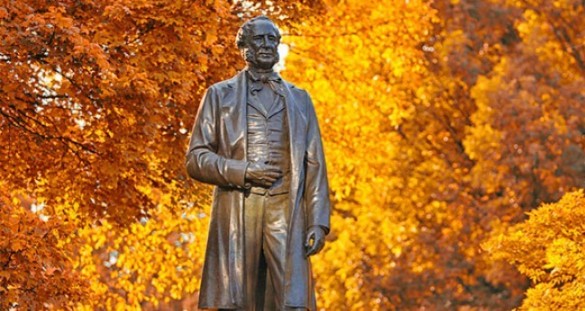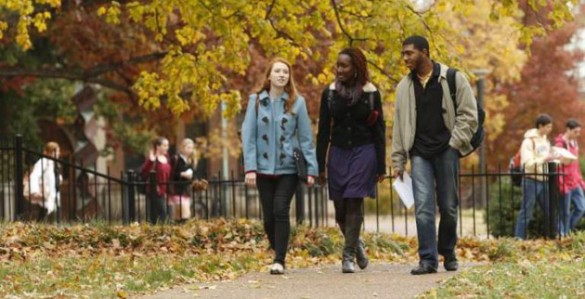Concerned with the dramatic decline in the traditional media’s coverage of newsworthy scientific and academic activities, Vanderbilt has joined with 34 other top research universities to create Futurity.org, an online news channel designed to showcase the achievements of their scientists and engineers, medical researchers and scholars.
“Futurity.org allows Vanderbilt and other leading universities to reach a broad audience interested in compelling and important stories about research and science,” said Beth Fortune, Vanderbilt’s vice chancellor for public affairs. “It also perfectly complements Exploration, our own online research journal, and gives us another communication tool to use in promoting Vanderbilt’s thriving research enterprise.”
The new site, which features about a half-dozen stories daily, has been operating quietly since May and was formally launched on Sept. 15. Recent Vanderbilt stories featured on the site include:
- Advance on programming stem cells to repair the damage caused by diabetes;
- Development of a new ultrasensitive test for RSV viral infections that is simple enough to be performed in a pediatrician’s office;
- Discovery that the brain is naturally lousy at multi-tasking but can improve with practice;
- Invention of the world’s smallest periscope that allows researchers to view individual cells simultaneously from several sides.
“Futurity is a direct link to the research pipeline. If you want a glimpse at where research is today and where it’s headed tomorrow, Futurity offers that in a very accessible way,” said Lisa Lapin, assistant vice president for communications at Stanford University, who helped develop the site. “Today’s online environment is perfectly suited for this type of direct communication.”
“We had two basic motivations,” Bill Murphy, vice president of communications at the University of Rochester and a cofounder, said. “On one hand, we were concerned with the shrinking coverage of our accomplishments in science, society, art, culture, business…. The number of newspaper science sections has shrunk dramatically and almost all of the science units at the networks have been disbanded.
“At the same time, we felt that we have been loosing our connection to what I call prototype Newsweek readers, people who are interested in research news when they come across it but do not actively seek it out.”
In order to connect with this audience, Futurity editors select stories that they think will be particularly interesting to laymen. They also make extensive use of graphics to catch readers’ attention.
Last January, Murphy and Michael Schoenfeld, past vice chancellor for public affairs at Vanderbilt who is now vice president of public affairs and government relations at Duke University, convened a meeting of communication executives from members of the Association of American Universities, a non-profit organization of 62 leading public and private research universities, to discuss the idea. Murphy volunteered to develop a prototype to give his colleagues a better idea of what they had in mind. In a follow-up meeting in March, he presented the prototype and they got enough of their colleagues to buy into the concept to make Futurity a reality. For now membership is limited to AAU universities but the membership issue will be “revisited” sometime in the future, Murphy said.
Currently, stories that run on Futurity are submitted by the news offices of the participating universities. “In the future, we would like to commission some original work as well,” said Schoenfeld. They plan to assemble a small stable of writers who will do feature articles on hot topics, like influenza, that will draw from the expertise of a number of universities.
On its first official day of operation, the site drew 3,700 visitors who riffled through 12,000 pages.
Media Contact: David F. Salisbury, (615) 322-NEWS
david.salisbury@vanderbilt.edu















